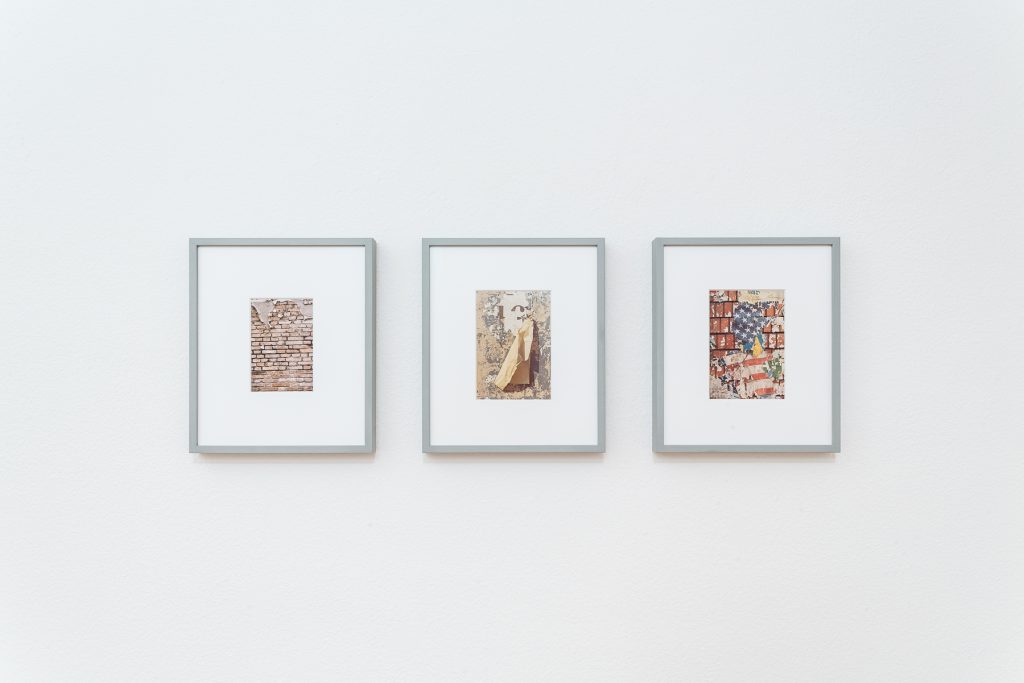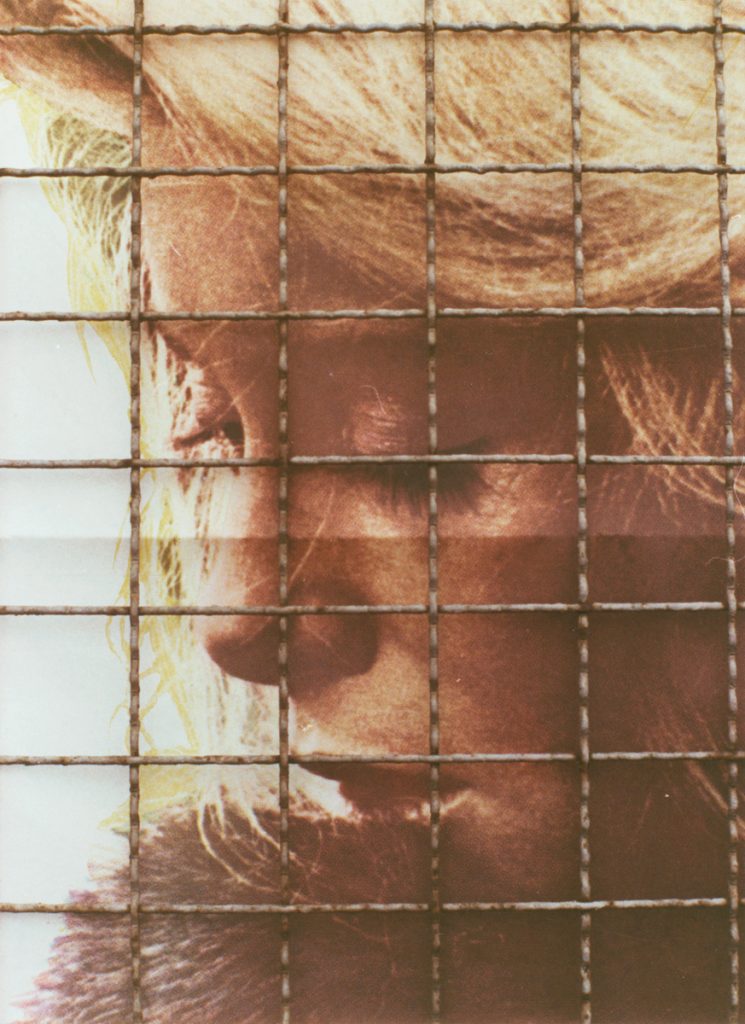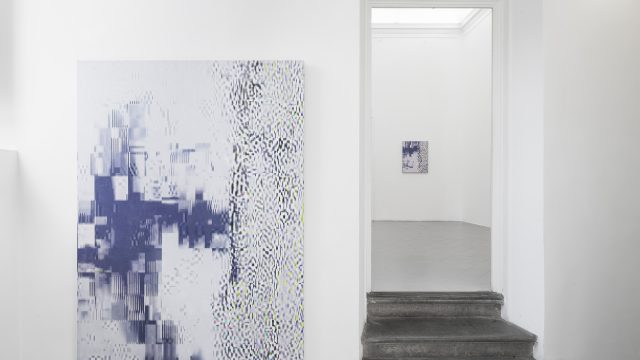For a long time, Luigi Ghirri (1943-1992) was enigmatically low-profile. This was partly because his work was initially shown mainly in Italy. It was also because his sudden and premature death at the age of just 49 meant that he was no longer around to see the boom of photography in art. Over the past ten years, however, Luigi Ghirri has at last been discovered and is now talked about celebrated as one of the most important and influential photographic artists in Italy and indeed the world.
Luigi Ghirri was born on 5 January 1943 in Fellegara, a district of Scandiano in the province of Reggio Emilia. In 1946, his family moved to Braida in the commune of Sassuolo, where they found accommodation in the Jesuit College of San Carlo di Modena, a huge nineteenth century building that was used at the time to house families who had lost their homes in wartime bombing raids. Massimo Mussini, professor of Art History at the University of Parma, who discovered Ghirri and promoted his work, describes in his authoritative essay how the young Ghirri enjoyed a contented and down-to-earth upbringing close to nature, among farmers and artisans in a community where the relationship between man and landscape was still intact, while at the same time benefitting from a broad-based humanist education – Ghirri would go on to become a structural engineer with a sound knowledge of topography and cartography – as well as being introduced at an early age to art and to the circle of artists then working in Modena. These three elements, together, were crucial in shaping Ghirri‘s approach to photography.
During the 1960s and 1970s, photography itself underwent a fundamental change and came to be regarded in a different light. For many artists, this was a period of rejecting the former tenets of a purely abstract, objective style underpinned by theory, moving away from the notion of the photographic work as an absolute and hermetic entity in its own right, and becoming emancipated from prescribed ideas of what actually has artistic or stylistic merit. It was also a time of jettisoning grand gestures of form, meta-narrative and overarching truth. Instead, there was more emphasis on exploring, questioning, searching, experimenting – amounting to a more conceptual reflection on perceptiveness and on the context of one’s own actions, as well as more consideration of the means and methods applied, together with a reining-in of overly flamboyant statements. Yet this was a change that took place primarily in the world of art, rather than in the world of photography itself. Only a handful of photographers such as Lewis Baltz, Robert Adams, Joe Deal, Stephen Shore and, in Europe, above all Luigi Ghirri, took an active role in this visual revolution and became a driving force in forging new attitudes to the language of photography as a medium. In art theory, such a shift is summed up by the term linguistic turn.
(…)
In the first fifteen years of his career as a photographer, Luigi Ghirri created a world-altering oeuvre that reflected the very pinnacle of contemporary intellectual achievement, channeling structuralism and Modenese conceptualism, as well as the ideas of Roland Barthes, Roman Jacobson, Michel Foucault and Umberto Eco, into an oeuvre of levity, subtlety and clarity in which the combination of small, matt photographs, together with his remarkably succinct and incisive essays, forms a current and timeless school of seeing that is also a school of understanding the very world around us.
His work is shown at international museums and galleries. Solo exhibitions are planned for the coming years at Museum Folkwang in Essen and Museo Reina Sofia in Madrid. Following on from exhibitions in 2009 and 2011, respectively, this marks the third time that Mai36 has hosted an exhibition by this artist, presenting vintage prints in all rooms throughout the gallery by this wonderful and pivotal figure – an Italian photographer who so consummately embodied sprezzatura by combining insight with lyricism, only to wind up spending a convivial evening with friends afterwards. Finally, in his own words:
It almost seems as though the gaze is divided into two incompatible and irreconcilable categories: knowledge on the one hand, and poetry on the other. What interests me, however, is finding a balance between these two extremes. […] Photography thus becomes an awareness of being on the boundary between the known and the unknown.
– Luigi Ghirri
text – Mai 36 Galerie, Victor Gisler
Curated by Urs Stahel




c-print, vintage image 17.4 x 12 cm, framed 34 x 29 x 3 cm. Courtesy of Mai 36 Galerie, Zürich.

c-print, vintage, image 14.7 x 10.8 cm, framed 34 x 29 x 3 cm. Courtesy of Mai 36 Galerie, Zürich.

c-print, vintage image 17.4 x 12.6 cm, framed 34 x 29 x 3 cm. Courtesy of Mai 36 Galerie, Zürich.


c-print, vintage image 17.5 x 12.3 cm,
framed 34 x 29 x 3 cm. Courtesy of Mai 36 Galerie, Zürich.



